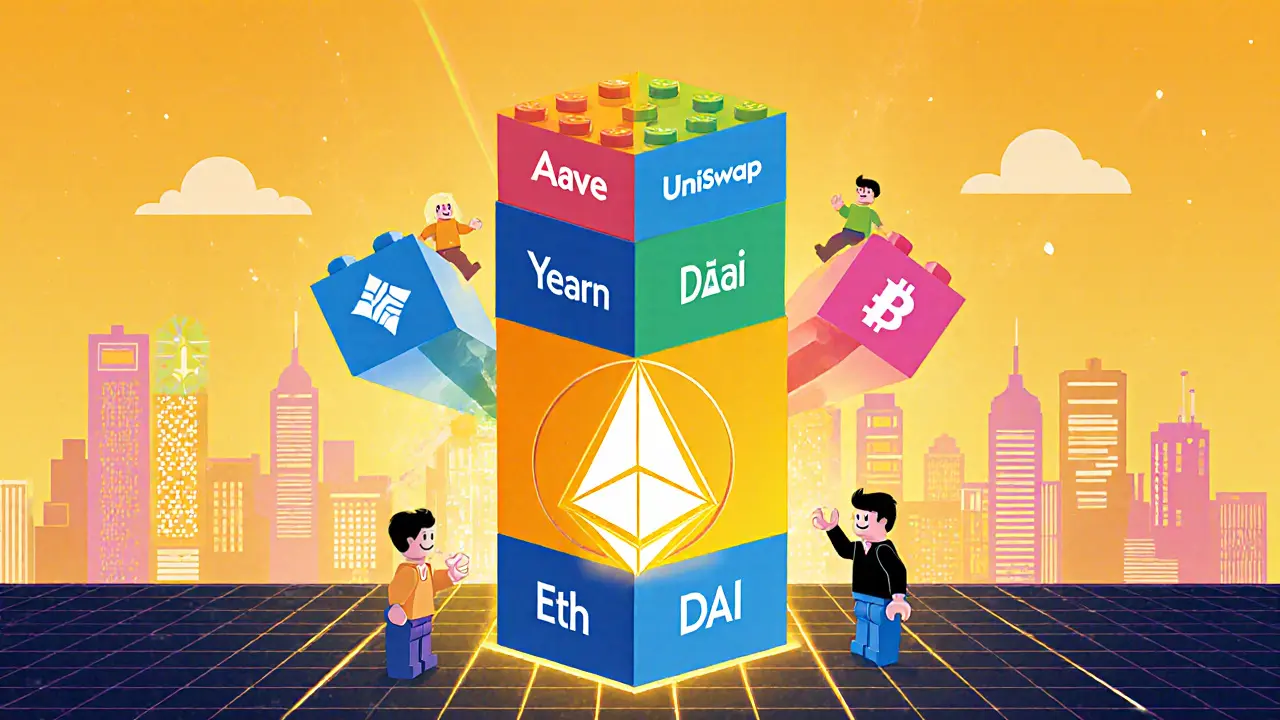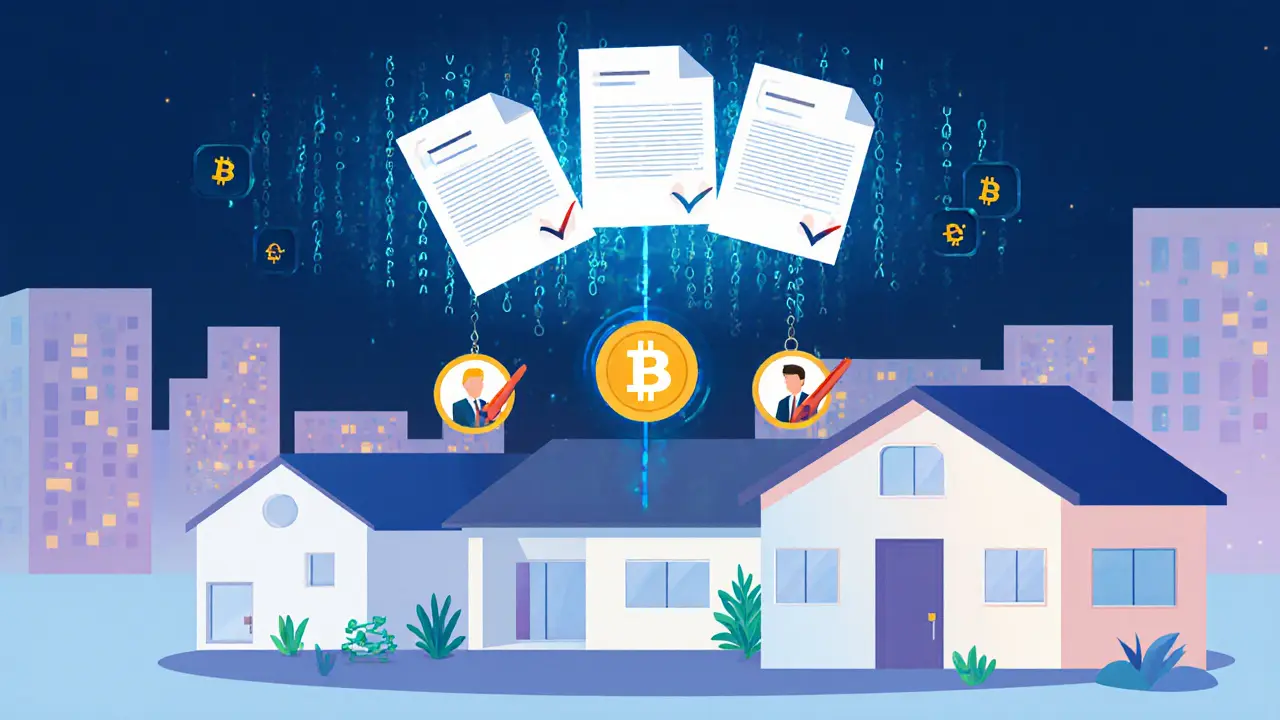Smart Contracts: What They Are, How They Work, and Where They're Used
When you hear smart contracts, self-executing agreements coded directly onto a blockchain that run without human intervention. Also known as blockchain contracts, they’re the engine behind most crypto apps today. Unlike traditional contracts that need lawyers or banks to enforce them, smart contracts automatically trigger actions—like sending tokens or unlocking assets—when preset conditions are met. No middleman. No delays. Just code doing what it was told.
They’re not magic. A smart contract is just code stored on a blockchain like Ethereum, a decentralized network where smart contracts are most commonly built and run. Think of it like a vending machine: you put in the right input (money, data, tokens), and it spits out the exact output (a snack, a token transfer, an NFT). But instead of a machine, it’s code running across thousands of computers. That’s what makes them tamper-proof and transparent. And that’s also why they’re used in DeFi, a system of financial services built on blockchains without banks—for lending, swapping, and earning interest without a single person approving your request.
But here’s the catch: smart contracts don’t understand context. If the code has a bug, or if the condition was poorly written, it will still execute exactly as programmed—even if it’s a disaster. That’s why so many crypto exchanges and DeFi platforms fail. You’ll see it in posts below: Wagmi (Kava) had almost no users because the contract didn’t attract liquidity. IceCreamSwap (Blast) showed $0 volume because the contract didn’t solve a real problem. And SharkSwap? It exists only as a tax event, not a useful tool. Smart contracts don’t create value—they just move it. The real value comes from the people building around them, the use cases they enable, and whether users actually trust them.
That’s why you’ll find reviews here of DEXs like Uniswap v3 on Celo, HB DEX, and even wrapped asset custody systems. They all rely on smart contracts to function. Some work well. Most don’t. The difference isn’t in the blockchain—it’s in the design. A good smart contract doesn’t just automate a process; it solves a real friction point. A bad one looks fancy but leaves users stranded with no support, no liquidity, and no way out.
Whether you’re trading on a DEX, claiming an airdrop, or holding an NFT, you’re interacting with a smart contract. Some are clean and simple. Others are tangled, risky, or outright scams. Below, you’ll find real-world examples—some working, most broken—so you can tell the difference before you click "confirm transaction."
Content Monetization Smart Contracts: How Creators Earn Directly on Blockchain
Smart contracts on blockchain let creators earn directly from fans without platforms taking cuts. Learn how micropayments, subscriptions, and tokenized revenue work today.
Details +Future of Insurance Industry with Blockchain: How Smart Contracts Are Changing Claims, Fraud, and Coverage
Blockchain is transforming insurance by automating claims with smart contracts, cutting fraud, and enabling real-time coverage. Learn how parametric policies, IoT, and AI are making insurance faster, fairer, and more transparent.
Details +Smart Contracts for Property Sales: How Blockchain Is Changing Real Estate Transactions
Smart contracts for property sales use blockchain to automate ownership transfers, cut costs by up to 50%, and reduce closing times from weeks to days. Learn how they work, their benefits, and why adoption is still limited.
Details +How Composability Drives DeFi Innovation
Composability lets DeFi protocols connect like Lego blocks, enabling users to stack financial services on top of each other. This innovation drives faster development, higher yields, and unprecedented capital efficiency-but also introduces systemic risks.
Details +Smart Contract Use Cases Beyond Cryptocurrency
Smart contracts aren't just for crypto. They're automating real estate deals, paying farmers when it doesn't rain, letting neighbors trade solar power, and giving artists instant royalties - all without middlemen.
Details +



